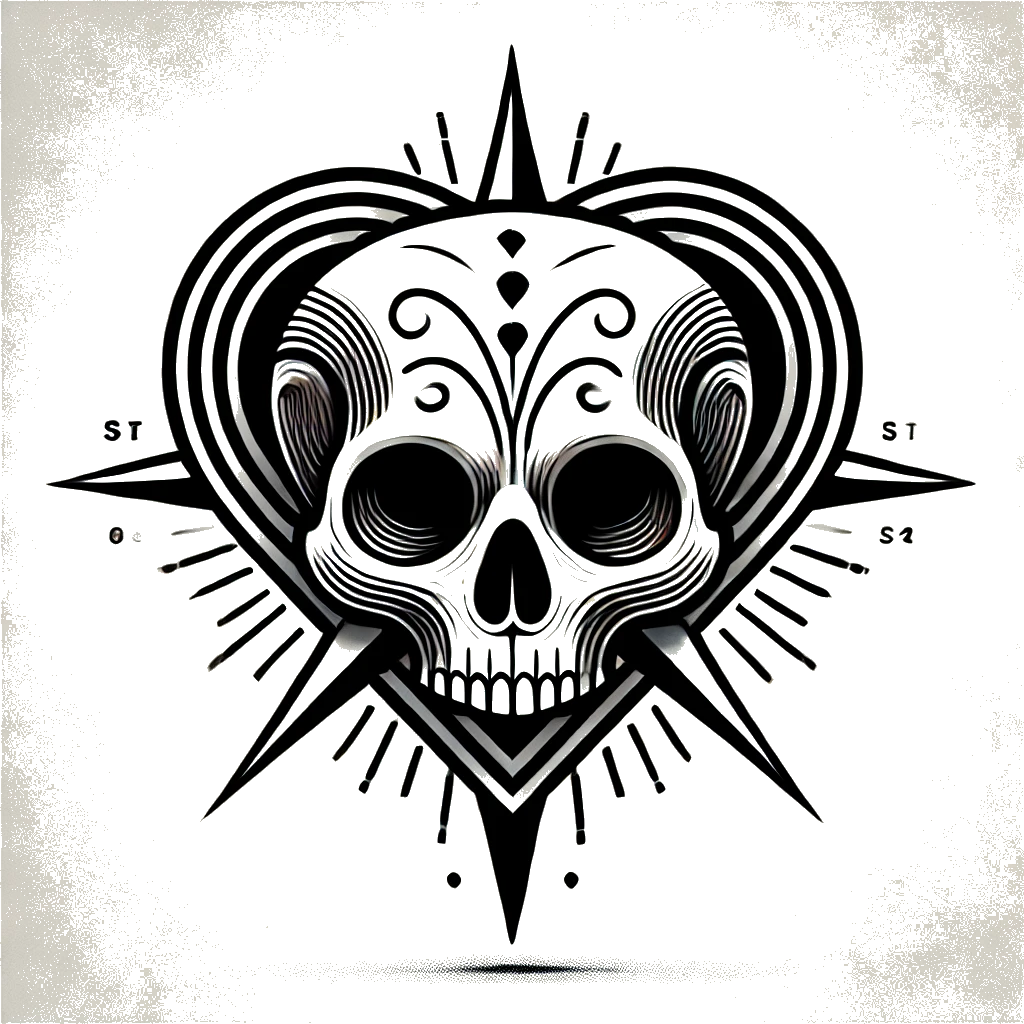
A Short History of Skulls
Share
Human skull art has played a vital role in cultural and artistic expressions, symbolizing themes such as mortality, power, and spirituality across centuries and cultures.
Ancient Civilizations
In ancient societies, skulls were linked to rituals and the afterlife. Mesoamerican cultures, like the Aztecs, used skull imagery in religious practices, representing life, death, and rebirth through carvings, masks, and altars. Similarly, early Celtic art revered skulls as vessels of the soul and symbols of protection, often displayed as trophies to signify power and victory.
Medieval and Renaissance Europe
During the Middle Ages, skulls embodied the Christian concept of *memento mori* ("remember you must die"), reminding people of death's inevitability and the need for spiritual readiness. Artists used skulls in paintings, sculptures, and tomb designs, often paired with symbols of life. In the Renaissance, artists like Hans Holbein incorporated skulls into vanitas paintings, highlighting the fleeting nature of earthly pleasures.
Modern and Contemporary Art
In modern times, skull art diversified. Mexican artist José Guadalupe Posada's *La Calavera Catrina* became a symbol of Día de los Muertos, celebrating life and death with color and satire. In the 20th century, Damien Hirst's *For the Love of God* reimagined skull art with a diamond-encrusted platinum skull, exploring mortality, luxury, and consumerism.
Today, the skull is a ubiquitous symbol in fashion, tattoos, and design, representing rebellion, individuality, and life's darker aspects. It resonates strongly with subcultures like punk and goth.
Conclusion
From ancient rituals to modern art and pop culture, skulls continue to symbolize mortality, life's cycle, and shared human experiences, bridging the past and present with profound cultural relevance.